Home>Garden Essentials>How To Make Well-Draining Soil Mix
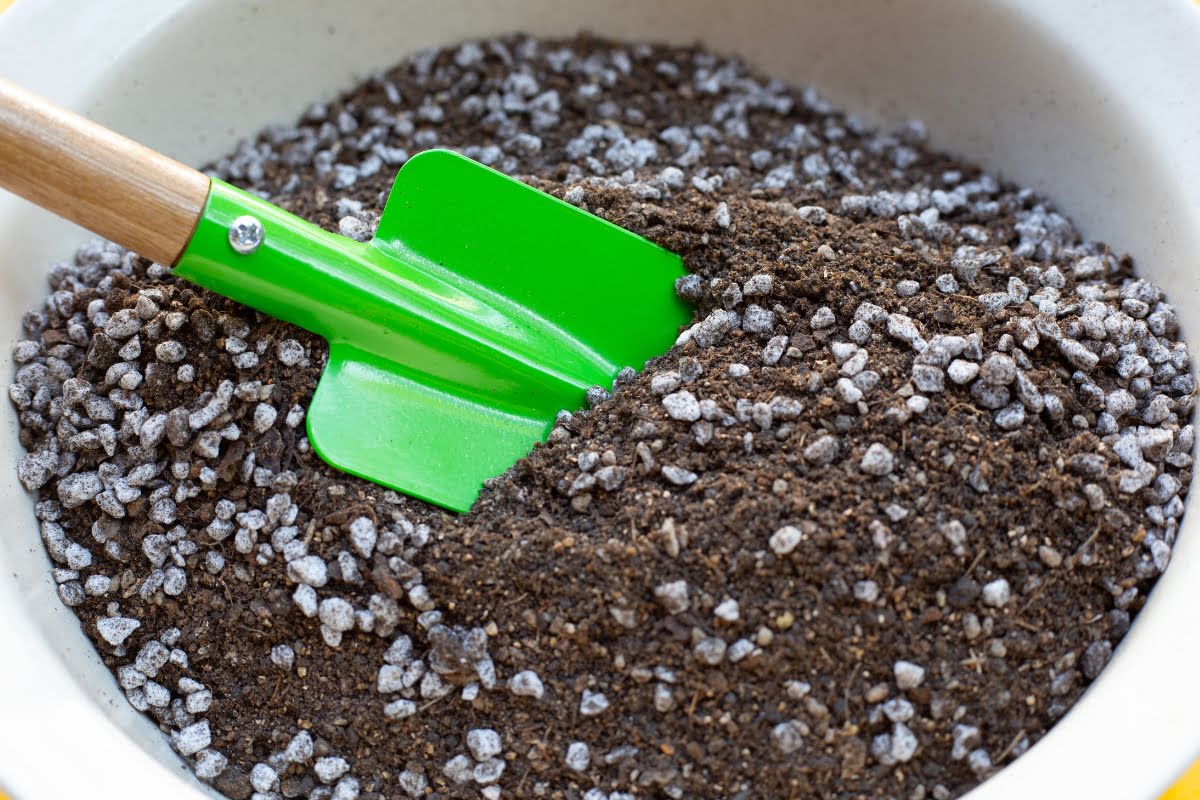

Garden Essentials
How To Make Well-Draining Soil Mix
Modified: October 20, 2024
Learn how to make a garden soil mix that promotes excellent drainage and keeps your plants healthy and thriving. Enhance your gardening experience with well-draining soil.
(Many of the links in this article redirect to a specific reviewed product. Your purchase of these products through affiliate links helps to generate commission for Storables.com, at no extra cost. Learn more)
Introduction
Welcome to the world of gardening! Whether you are a seasoned green thumb or just starting out, one of the key factors to ensuring the health and success of your plants is having well-draining soil. In this article, we will explore the benefits of well-draining soil and provide you with a comprehensive guide on how to make your own well-draining soil mix.
Having proper drainage in your soil is essential for several reasons. First and foremost, it prevents waterlogging, which can lead to root rot and the eventual death of your plants. Excess water can suffocate the roots, depriving them of oxygen and causing them to rot. Additionally, poor drainage can lead to the buildup of salts and other mineral deposits in the soil, which can be detrimental to plant health.
On the other hand, well-draining soil allows excess water to flow away from the roots, ensuring that they receive the right amount of moisture without becoming waterlogged. It also promotes the efficient absorption of essential nutrients, which are crucial for plant growth and development.
Creating a well-draining soil mix involves a combination of different components that work together to establish the ideal balance of water retention and drainage. While it may seem intimidating at first, with the right information and materials, you can easily make your own well-draining soil mix and provide the best possible growing conditions for your plants.
Before we dive into the step-by-step process, it’s important to consider the type of container or raised bed you will be using for your plants. The choice of the container will impact the overall drainage capabilities of your soil. Make sure to select a container that has sufficient drainage holes to allow excess water to escape.
In the next sections, we will discuss the components of a well-draining soil mix, provide a detailed guide on how to make your own mix, share tips for testing and adjusting soil drainage, and offer maintenance tips to ensure the long-term health of your well-draining soil. So let’s get started on creating the perfect soil mix for your garden!
Key Takeaways:
- Well-draining soil prevents root rot, enhances nutrient absorption, and reduces disease issues, creating a healthier environment for plants to thrive and grow.
- Making a well-draining soil mix involves organic matter, perlite, vermiculite, sand, and peat moss, all working together to create the perfect balance of water retention and drainage.
Read more: How To Make Potting Soil Mix
Benefits of Well-Draining Soil
Having well-draining soil provides numerous benefits for your plants and overall garden health. Let’s explore some of the key advantages:
- Prevents Root Rot: One of the biggest advantages of well-draining soil is that it prevents water from pooling around the roots, which can lead to root rot. When the soil retains too much moisture, the roots are deprived of oxygen, leading to their deterioration. With proper drainage, excess water is able to escape, keeping the roots healthy and preventing rot.
- Enhances Nutrient Absorption: Well-draining soil allows for efficient absorption of essential nutrients. When the soil is waterlogged, the nutrients become inaccessible to the plants as they get washed away or become trapped in the saturated soil. With good drainage, the nutrients remain available for the roots to absorb, promoting healthy growth and development.
- Prevents Soil Compaction: Soil compaction can occur when excessive water accumulates and creates a dense, compacted layer. This can inhibit root growth, reduce oxygen availability, and limit nutrient uptake. By maintaining proper drainage, you can prevent soil compaction and create an optimal growing environment for your plants.
- Reduces Disease and Pest Issues: Poorly draining soil can create a breeding ground for disease-causing pathogens and attract pests. Excess moisture can promote the growth of harmful fungi and bacteria, increasing the risk of plant diseases. Well-draining soil helps to minimize these issues by creating a less favorable environment for pathogens and pests to thrive.
- Allows for Better Control over Watering: With well-draining soil, you have better control over watering your plants. The excess water drains away, allowing you to water your plants as needed without the fear of overwatering. This is particularly beneficial for plants that prefer drier conditions or those susceptible to root rot.
- Encourages Strong Root Growth: When soil is well-draining, the roots are able to explore a larger volume of soil and establish a stronger root system. The roots are able to penetrate the soil more easily, seeking out necessary nutrients and anchoring the plant securely. This ultimately leads to healthier and more resilient plants.
As you can see, well-draining soil is essential for the overall health and vitality of your garden. It not only prevents root rot and enhances nutrient absorption but also reduces soil compaction, minimizes disease and pest issues, allows for better control over watering, and encourages strong root growth. Now, let’s delve into the components of a well-draining soil mix and learn how to create one for your plants.
Components of a Well-Draining Soil Mix
A well-draining soil mix is a combination of different components that work together to create an optimal balance of water retention and drainage. Here are the key components typically used in a well-draining soil mix:
- Organic Matter: Organic matter, such as compost or well-rotted manure, is an essential component of a well-draining soil mix. It improves the soil structure, allowing for better drainage while also retaining moisture. Organic matter also enriches the soil with nutrients, creating a fertile environment for plant growth.
- Perlite: Perlite is a lightweight volcanic rock that is commonly added to soil mixes to improve drainage. It has a high porosity, which helps to create air pockets and prevent the soil from becoming compacted. Perlite also aids in moisture retention, ensuring that the soil does not become too dry.
- Vermiculite: Vermiculite is another lightweight mineral additive that improves drainage in soil mixes. It has excellent water-holding capacity, allowing the soil to retain moisture while still providing good drainage. Vermiculite also aids in nutrient retention, ensuring that vital nutrients are available to the plant roots.
- Sand: Coarse sand or builder’s sand is often added to soil mixes to improve drainage. Sand particles are large and have spaces between them, allowing water to flow through easily. It helps to create a looser soil structure, preventing compaction and promoting proper root growth.
- Peat Moss: Peat moss is a decomposed plant material that is highly absorbent and improves water retention in the soil. It helps to retain moisture without becoming waterlogged, allowing for proper drainage. Peat moss also improves the soil’s nutrient-holding capacity and provides an acidic pH, which is beneficial for certain plant varieties.
These components can be mixed in different ratios to create a well-balanced soil mix that provides adequate drainage while retaining essential moisture. It’s important to note that the exact ratio of these components may vary depending on the specific needs of your plants and the existing soil conditions in your garden.
When creating your soil mix, aim for a texture that is crumbly, well-aerated, and loose, with good water-holding capacity and excellent drainage. Experiment with different ratios and conduct a soil drainage test to determine the optimal blend for your gardening needs.
Now that we have covered the components of a well-draining soil mix, let’s move on to selecting the right container or raised bed for your plants to maximize their growth and drainage capabilities.
Choosing the Right Container or Raised Bed
When it comes to gardening, the choice of container or raised bed plays a crucial role in ensuring optimal drainage for your plants. Here are some factors to consider when selecting the right container or raised bed:
- Material: Containers and raised beds can be made from various materials such as plastic, terracotta, wood, or metal. Each material has its pros and cons in terms of drainage. Plastic containers are lightweight and retain moisture, but they may require additional drainage holes to prevent waterlogging. Terracotta containers are porous and allow for good drainage, but they can dry out quickly. Wood containers provide good drainage but may deteriorate over time. Metal containers are durable but can heat up quickly in sunny locations, potentially drying out the soil.
- Size: The size of the container or raised bed is important for proper drainage. A larger container typically has more space for soil, allowing for better water retention and drainage. Smaller containers may dry out quickly or become waterlogged, so consider the mature size of your plants and choose a container that provides enough room for their roots to grow.
- Drainage Holes: Ensure that the container or raised bed has sufficient drainage holes at the bottom. These holes allow excess water to escape and prevent waterlogging. If your container does not have drainage holes, you can easily drill or punch holes in the bottom to promote adequate drainage.
- Elevated Design: Raised beds are a popular choice for gardeners as they provide excellent drainage. The elevated design allows excess water to drain away more easily, preventing waterlogging. Raised beds also provide better control over soil composition and allow for adjustable soil depth.
- Placement: Consider the location where you will be placing your container or raised bed. Ensure that it receives the right amount of sunlight for your plants and is protected from excessive wind or harsh environmental conditions. Adequate airflow and sunlight help to prevent moisture buildup and promote healthy plant growth.
Ultimately, the choice of container or raised bed depends on your specific gardening needs and preferences. Consider the materials, size, drainage capabilities, and placement when making your decision. By selecting the right container or raised bed, you can provide your plants with the ideal growing environment and ensure that they thrive in well-draining soil.
Now that you have a better understanding of choosing the right container or raised bed, let’s move on to the step-by-step guide for making a well-draining soil mix.
Add perlite or coarse sand to your soil mix to improve drainage. Aim for a mix that is 50-60% organic matter and 40-50% inorganic matter for optimal drainage.
Step-by-Step Guide for Making a Well-Draining Soil Mix
Creating a well-draining soil mix is a simple and rewarding process. Follow these step-by-step instructions to make your own well-draining soil mix:
- Gather Your Materials: Collect the necessary components for your soil mix, including organic matter (compost or well-rotted manure), perlite, vermiculite, sand, and peat moss. You will also need a large container or wheelbarrow for mixing.
- Mix the Organic Matter: Start by adding the organic matter to your container or wheelbarrow. This will serve as the base of your soil mix. Use a trowel or gardening fork to mix the organic matter thoroughly, breaking up any clumps or lumps.
- Add Perlite and Vermiculite: Next, add perlite and vermiculite to the mix. These additives will improve drainage and retain moisture. Aim for a ratio of approximately 1 part perlite to 1 part vermiculite, but you can adjust the ratio based on your specific gardening needs.
- Incorporate Sand: Gradually add sand to the mix, ensuring even distribution. Sand helps to further improve drainage and create a loose soil structure. Aim for a ratio of approximately 1 part sand to 3 parts organic matter, perlite, and vermiculite combined.
- Blend in Peat Moss: Finally, add peat moss to the mix. Peat moss provides moisture retention and helps to create an acidic pH, beneficial for certain plant varieties. Add it in small increments, mixing well with each addition, until you achieve the desired texture and moisture-holding capacity.
- Thoroughly Mix the Components: Use a trowel or gardening fork to thoroughly mix all the components together. Make sure the components are evenly distributed, ensuring consistent water retention and drainage throughout the soil mix. Continue mixing until you have a crumbly, well-aerated mixture.
- Test the Soil Mix: Take a handful of the soil mix and squeeze it gently. It should hold its shape but crumble easily when lightly pressed. If the soil is too dry and crumbly, add a small amount of water and mix again. If it is too wet and clumpy, incorporate additional perlite or sand to improve drainage.
- Label and Store: Once you are satisfied with the consistency of your well-draining soil mix, label it and store it in a dry, airtight container or bag until you are ready to use it. This will help preserve its quality and prevent any contamination.
That’s it! You have successfully created a well-draining soil mix. Now, you can confidently use it for potting plants, filling containers, or creating a healthy growing environment in your raised beds. Remember to adjust the components and ratios based on the specific needs of your plants and the existing soil conditions in your garden. Regularly test and amend your soil mix as necessary to maintain optimal drainage and ensure the health and success of your plants.
Next, let’s move on to testing and adjusting soil drainage to fine-tune your well-draining soil mix.
Read more: How To Make Soil Mix For Cactus
Testing and Adjusting Soil Drainage
Testing and adjusting soil drainage is an essential step in maintaining a healthy and well-draining soil mix. Here’s a step-by-step guide to help you assess and optimize the drainage of your soil:
- Choose a Test Area: Select a representative area in your garden or a container filled with your soil mix to conduct the drainage test. Ensure that the area has been watered recently to mimic real-world conditions.
- Dig a Hole: Dig a hole that is approximately 12 inches deep and 6 inches wide in the test area. Make sure the hole is wide enough to accommodate a sufficient amount of water for the test.
- Fill the Hole with Water: Fill the hole with water and allow it to drain completely. This will help you observe how long it takes for the water to drain and whether any water remains in the hole after a certain period of time.
- Observe the Drainage Speed: Note how quickly the water drains from the hole. Ideally, it should take about 6 to 12 hours for the water to completely drain. If the water drains too quickly (within a couple of hours), it indicates that the soil is excessively sandy and may require amendments to improve water retention. If the water takes significantly longer to drain (more than 12 hours), it suggests poor drainage, and you may need to adjust the soil mix to improve drainage.
- Add Organic Matter or Amendments: If the water drains too quickly, you can improve water retention by adding organic matter, such as compost or well-rotted manure, to the soil mix. This will help increase moisture retention and improve the overall structure of the soil. Mix the organic matter thoroughly into the existing soil to ensure even distribution.
- Adjust with Perlite or Sand: If the water takes too long to drain, it indicates poor drainage. In this case, you can improve drainage by incorporating additional perlite or sand into the soil mix. These additives will help create air pockets and enhance drainage. Gradually add them to the mix and thoroughly blend until you achieve the desired drainage consistency.
- Retest if Necessary: After making adjustments to the soil, repeat the drainage test to ensure that the changes have had the desired effect. This will help you fine-tune the drainage capabilities of your soil mix and create an optimal growing environment for your plants.
Remember, soil drainage is crucial for plant health, so it’s important to regularly test and adjust as needed. The goal is to achieve a well-draining soil mix that allows for proper moisture retention without becoming waterlogged. By testing and adjusting the drainage, you can create an optimal environment for your plants to thrive.
Now that you have tested and adjusted the soil drainage, let’s move on to maintenance tips for keeping your well-draining soil in top condition.
Maintenance Tips for Well-Draining Soil
Once you have established a well-draining soil mix, it’s important to maintain its optimal condition to ensure the long-term success of your plants. Here are some maintenance tips to follow:
- Watering: Water your plants appropriately, taking into account their specific water needs. While well-draining soil allows excess water to escape, it’s still important to provide enough moisture for proper plant growth. Monitor the moisture levels in the soil and adjust your watering schedule accordingly.
- Mulching: Apply a layer of organic mulch, such as wood chips or straw, around your plants. Mulch helps to retain moisture in the soil, moderates soil temperature, and reduces weed growth. Make sure to leave a small space around the plant stem to prevent rot.
- Regular Inspections: Regularly inspect your soil to ensure that it maintains its well-draining properties. Check for signs of waterlogging, such as plants wilting despite adequate water supply, or the presence of standing water after rain or irrigation. Adjust the soil mix if necessary to improve drainage.
- Avoid Soil Compaction: Prevent soil compaction by avoiding excessive foot traffic or heavy machinery on your garden beds. Compacted soil can hinder drainage and root growth, negatively impacting plant health. Use stepping stones or designated pathways to redirect foot traffic.
- Aerate the Soil: Periodically aerate the soil to improve its structure and promote healthy root development. You can use a garden fork or a mechanical aerator to create small holes or channels in the soil, allowing air, water, and nutrients to penetrate more easily.
- Monitor Nutrient Levels: Regularly test the nutrient levels of your soil and make appropriate amendments as needed. Well-draining soil can allow nutrients to leach out more quickly, so it’s important to replenish them to support plant growth. Use organic fertilizers or compost to provide essential nutrients to the soil.
- Rotate Crops: Practicing crop rotation helps prevent nutrient depletion and reduce the risk of soil-borne diseases. Rotate crops by planting different plant families in different areas of your garden each year. This allows the soil to replenish and promotes overall soil health.
- Monitor Plant Health: Keep an eye on the health of your plants. If you notice any signs of stress or disease, address the issue promptly. Remove diseased plants to prevent the spread of pathogens and make necessary adjustments to the soil mix if the issue is related to drainage.
- Regularly Maintain Containers: If you are using containers, ensure they have adequate drainage holes and regularly clean them to prevent clogging. Check for any root growth that may block the drainage holes and trim or transplant as necessary.
By following these maintenance tips, you can ensure that your well-draining soil remains in optimal condition, providing the best possible growing environment for your plants. Remember to observe your plants closely, make adjustments as needed, and provide the necessary care to support their growth.
Now that you have learned how to maintain your well-draining soil, let’s conclude our article.
Conclusion
Congratulations on completing this comprehensive guide on creating and maintaining a well-draining soil mix for your garden. By understanding the benefits of well-draining soil, knowing the components of a well-balanced mix, choosing the right container or raised bed, and following the step-by-step guide for making the soil mix, you have taken important steps towards creating an optimal growing environment for your plants.
Well-draining soil provides numerous advantages, including preventing root rot, enhancing nutrient absorption, reducing soil compaction, minimizing disease and pest issues, allowing for better control over watering, and encouraging strong root growth. By ensuring proper drainage, you can promote healthy plant growth and increase the chances of a successful garden.
Remember to regularly test and adjust the drainage of your soil, monitor moisture levels, apply mulch, and maintain proper soil structure. By following the maintenance tips outlined in this article, you will be able to sustain the benefits of well-draining soil and support the long-term health of your plants.
Whether you’re growing flowers, vegetables, or herbs, having well-draining soil will provide a solid foundation for your garden. Enjoy the process of creating and maintaining your soil mix, and don’t hesitate to experiment and fine-tune it to meet the specific needs of your plants.
Gardening is a continuous learning journey, and with time, you’ll develop a deeper understanding of your plants’ preferences and how to optimize soil conditions for their growth. So get your hands dirty, tend to your garden, and enjoy the beauty and abundance that well-draining soil can bring.
Happy gardening!
Frequently Asked Questions about How To Make Well-Draining Soil Mix
Was this page helpful?
At Storables.com, we guarantee accurate and reliable information. Our content, validated by Expert Board Contributors, is crafted following stringent Editorial Policies. We're committed to providing you with well-researched, expert-backed insights for all your informational needs.
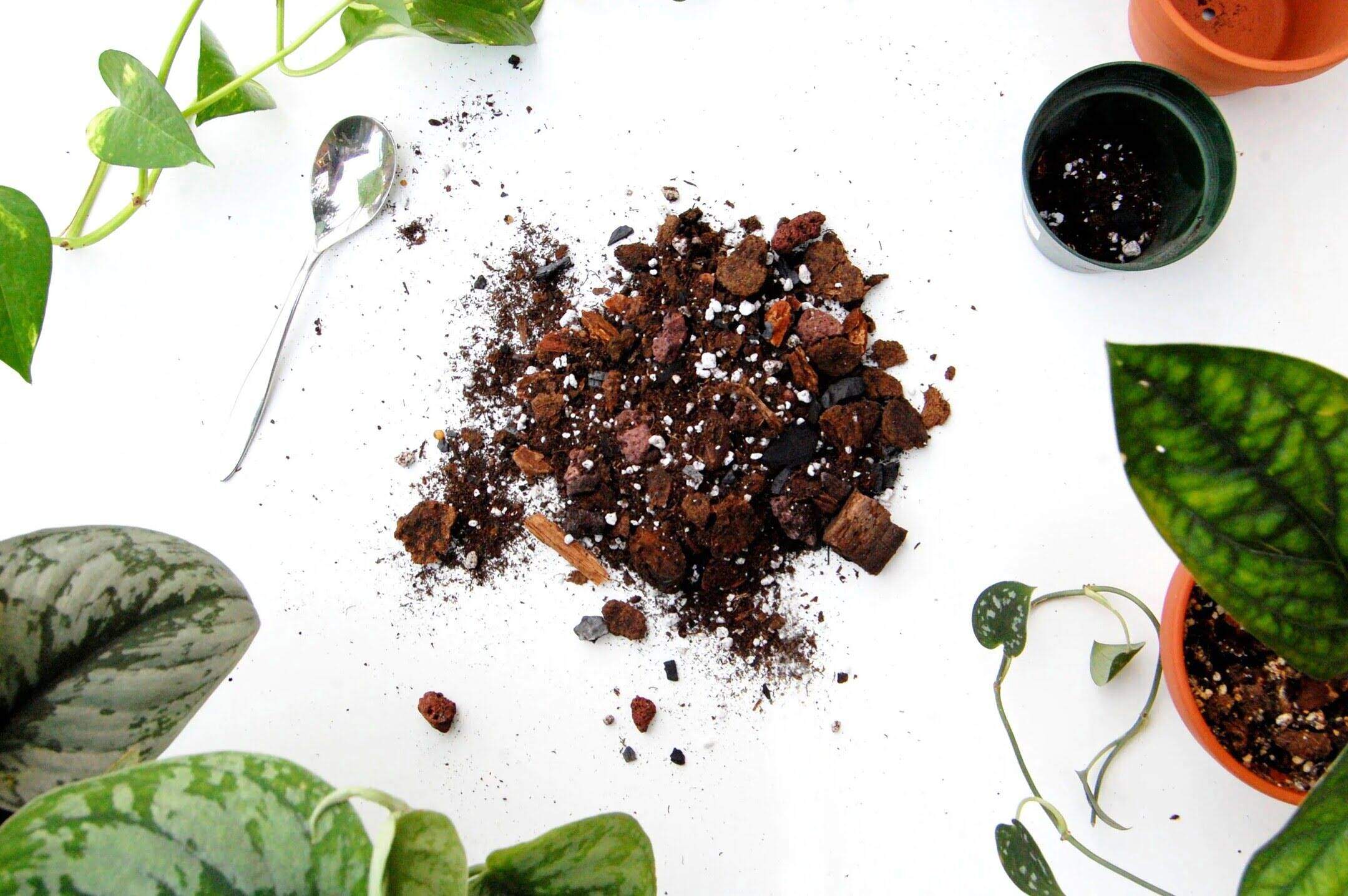
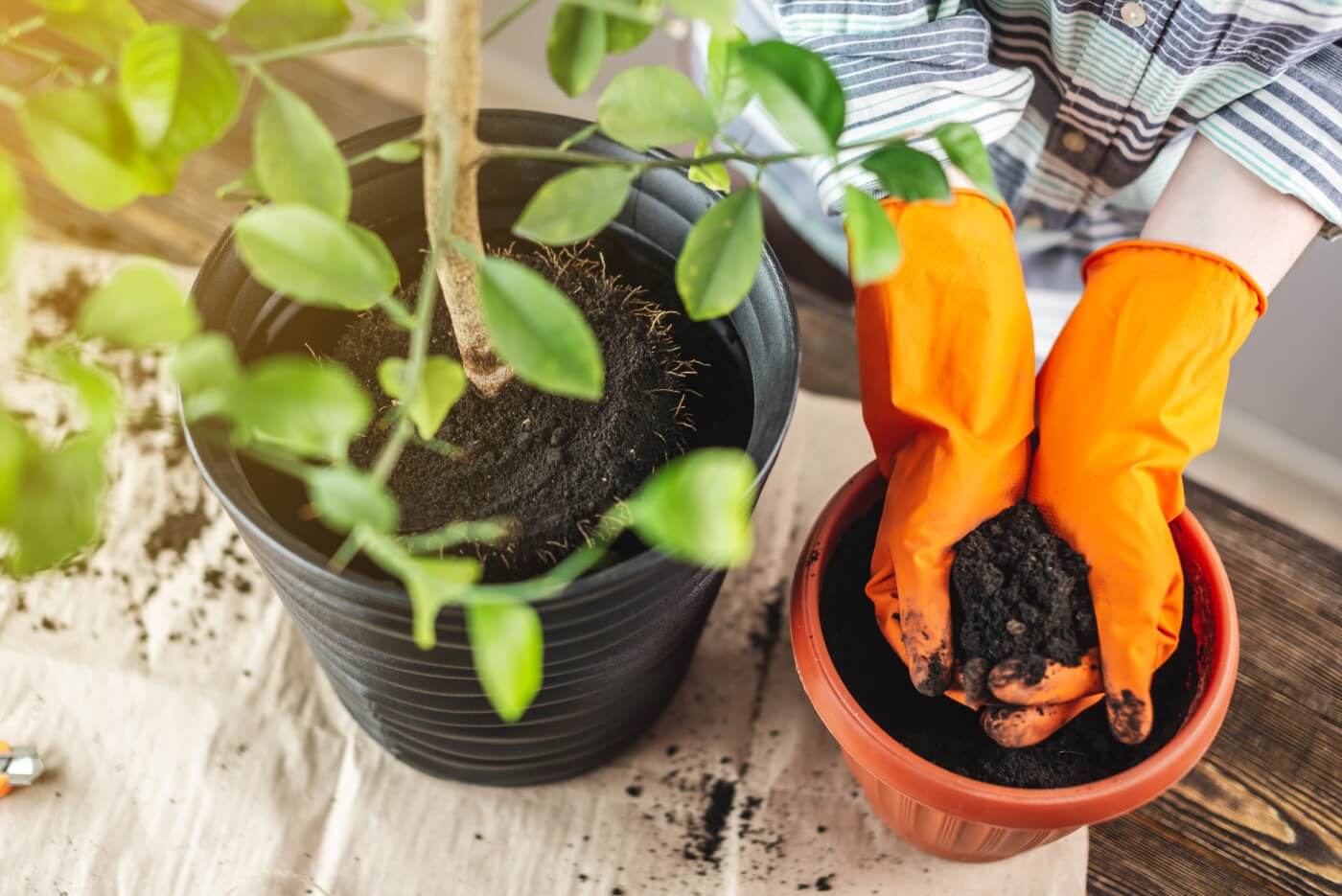
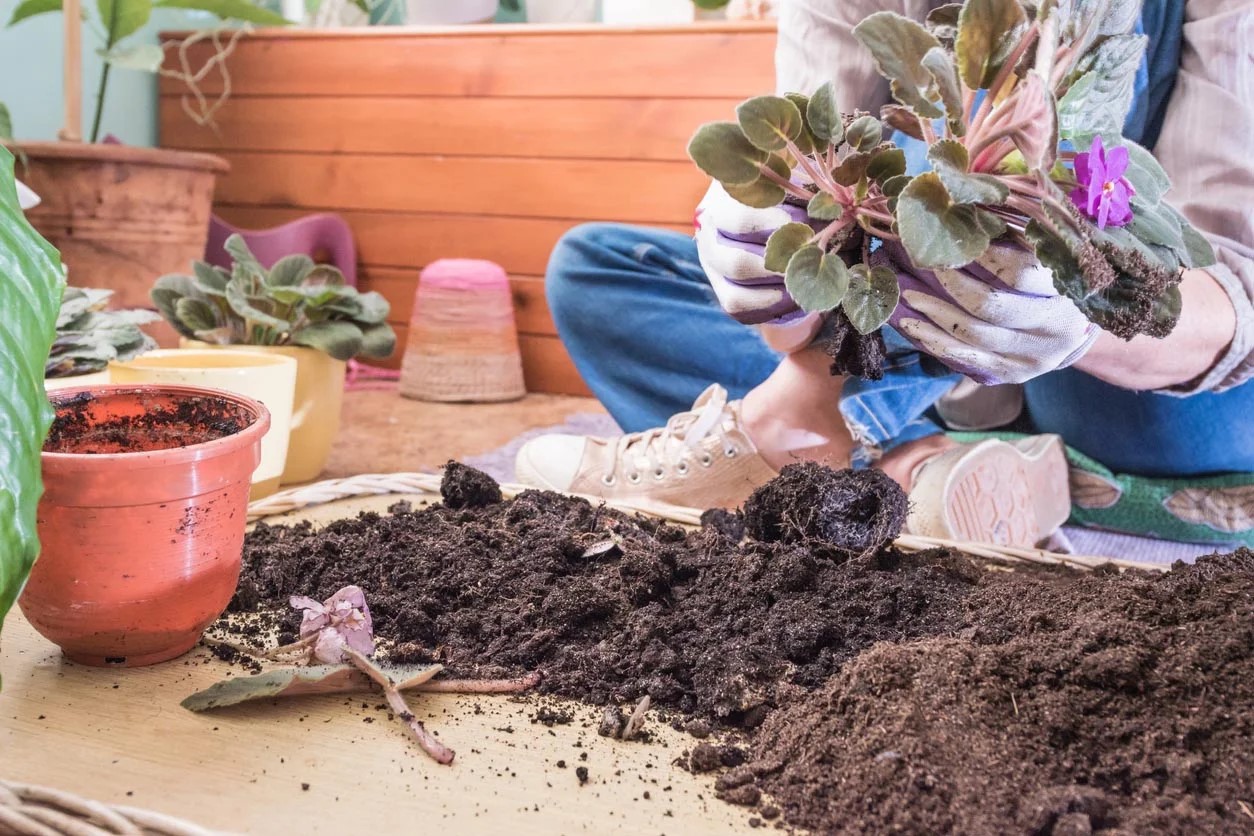
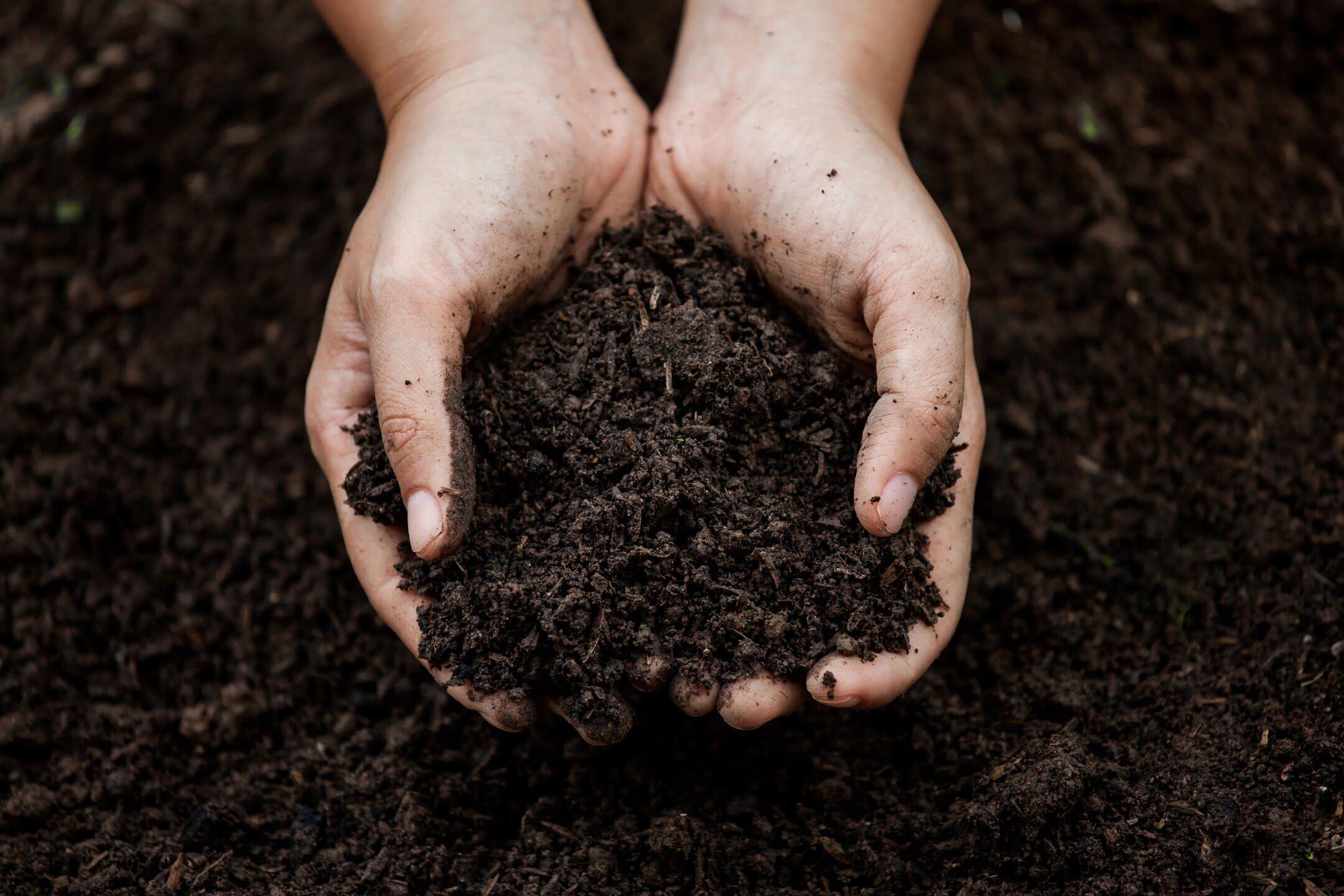
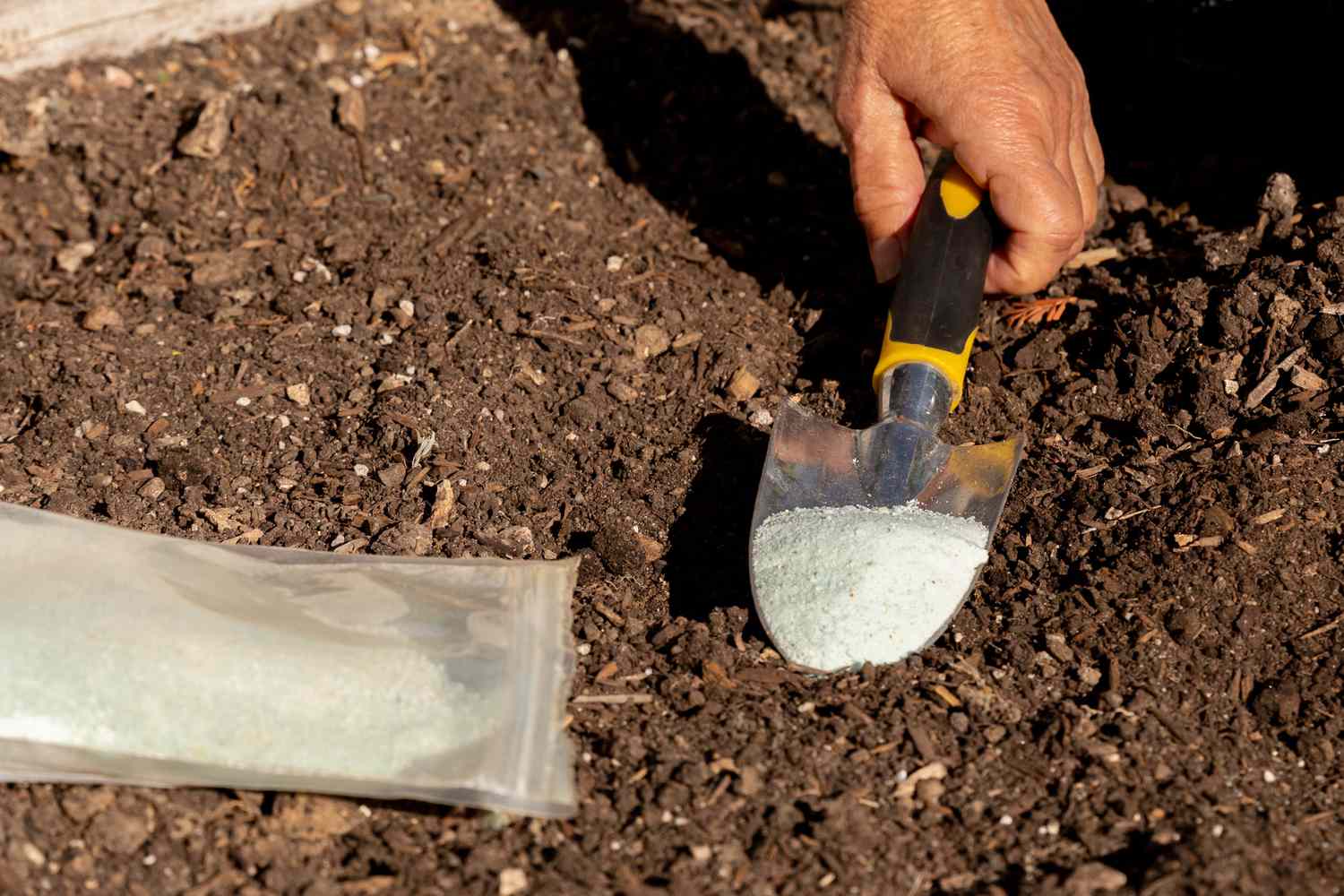
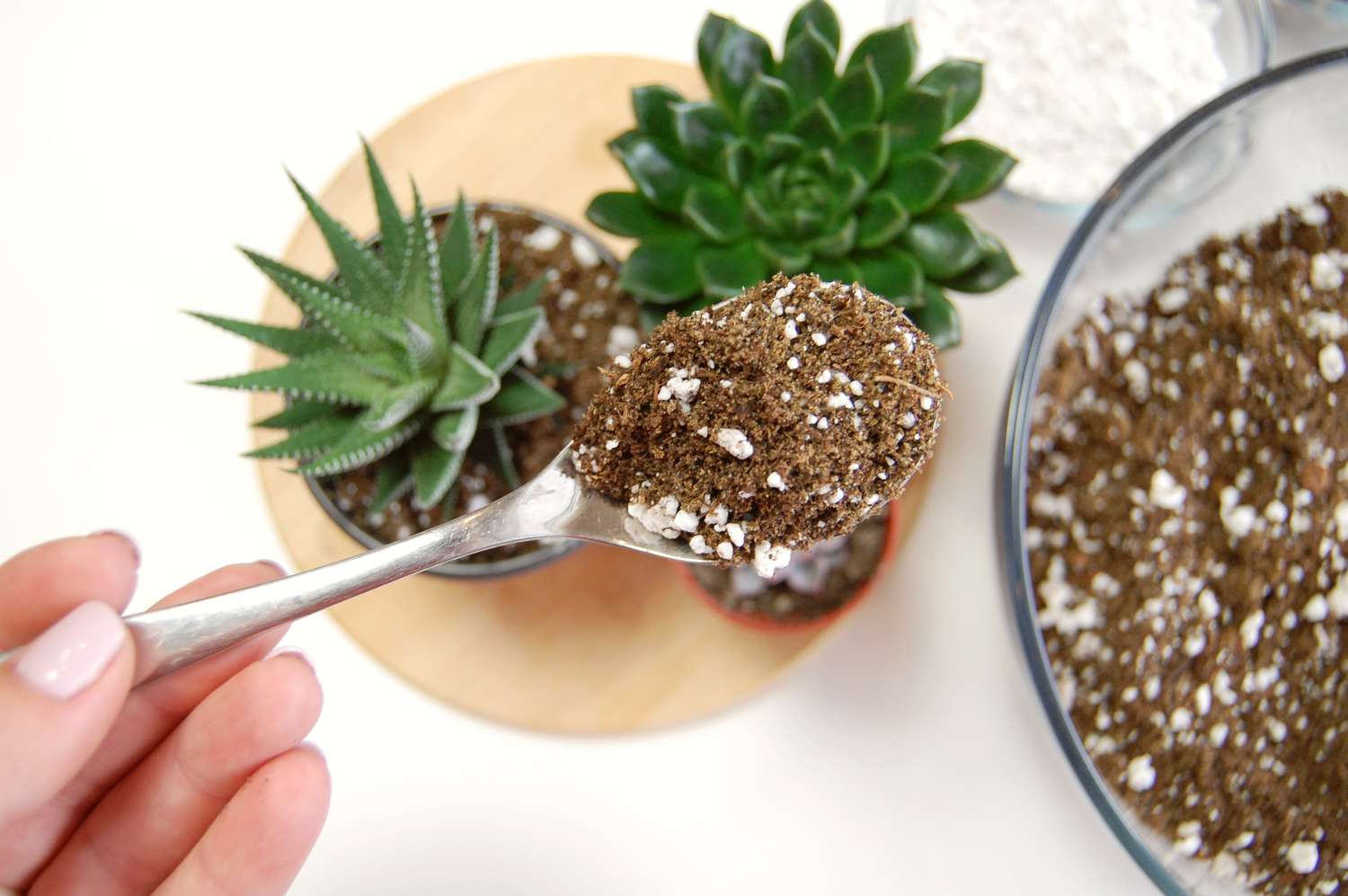
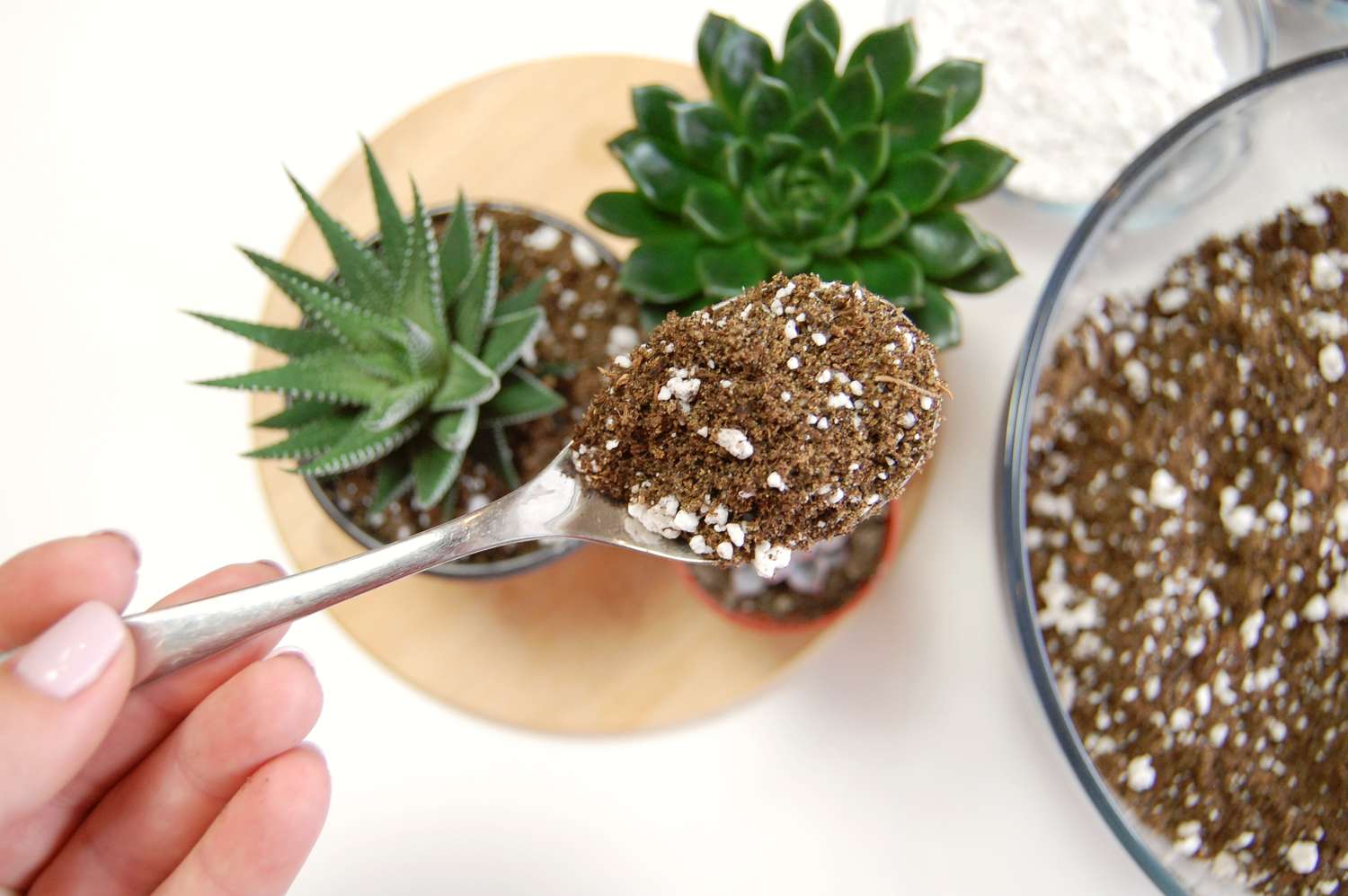
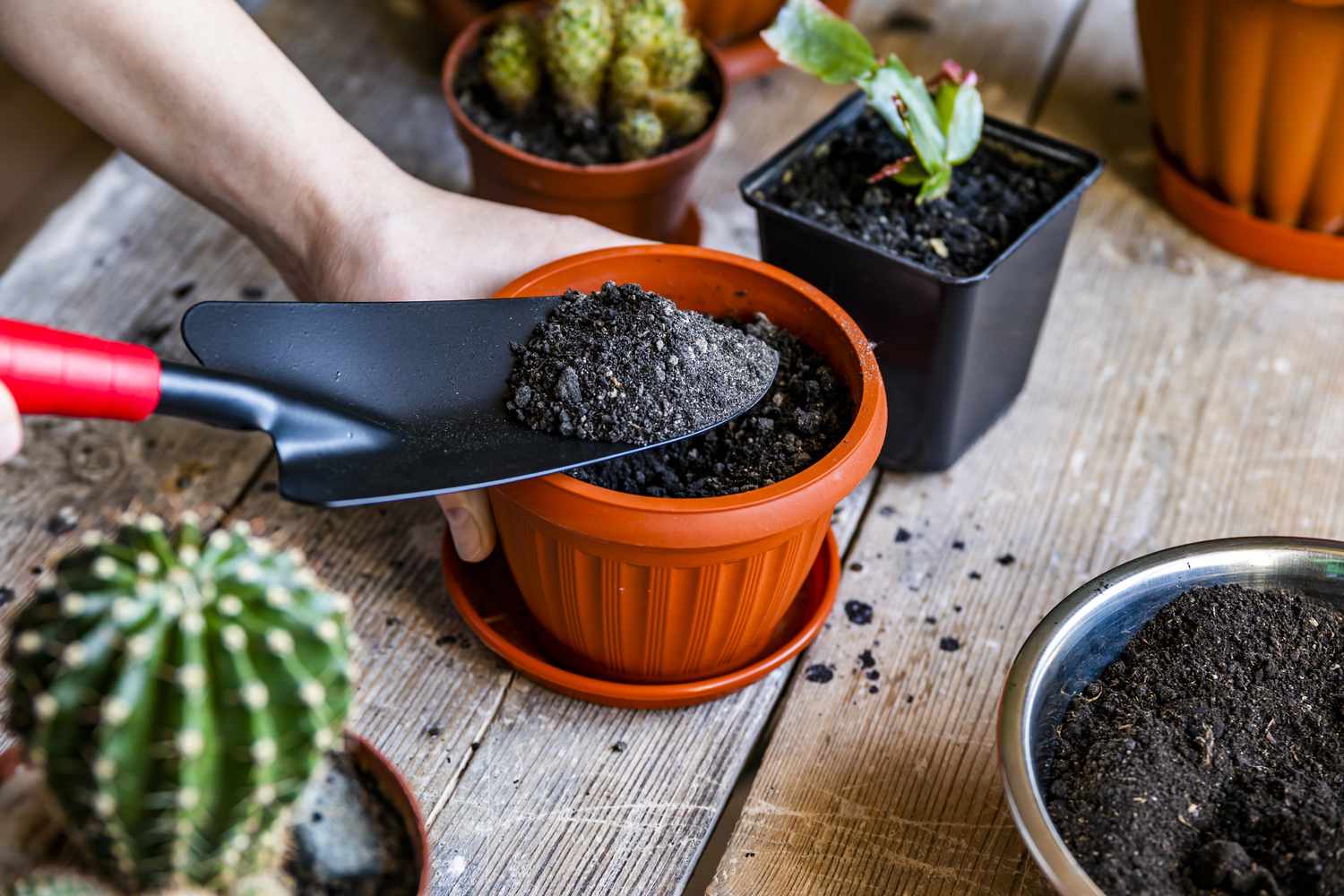
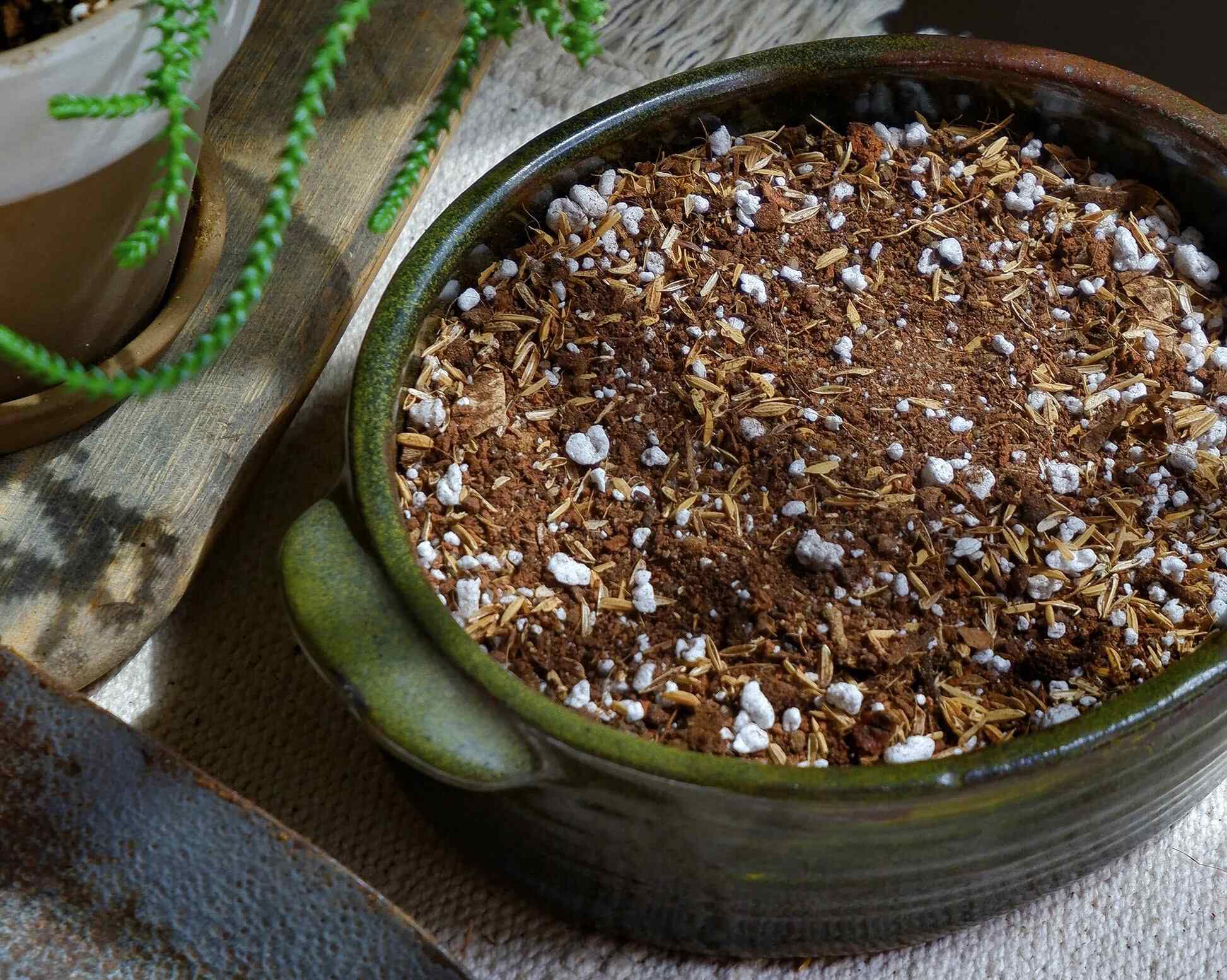
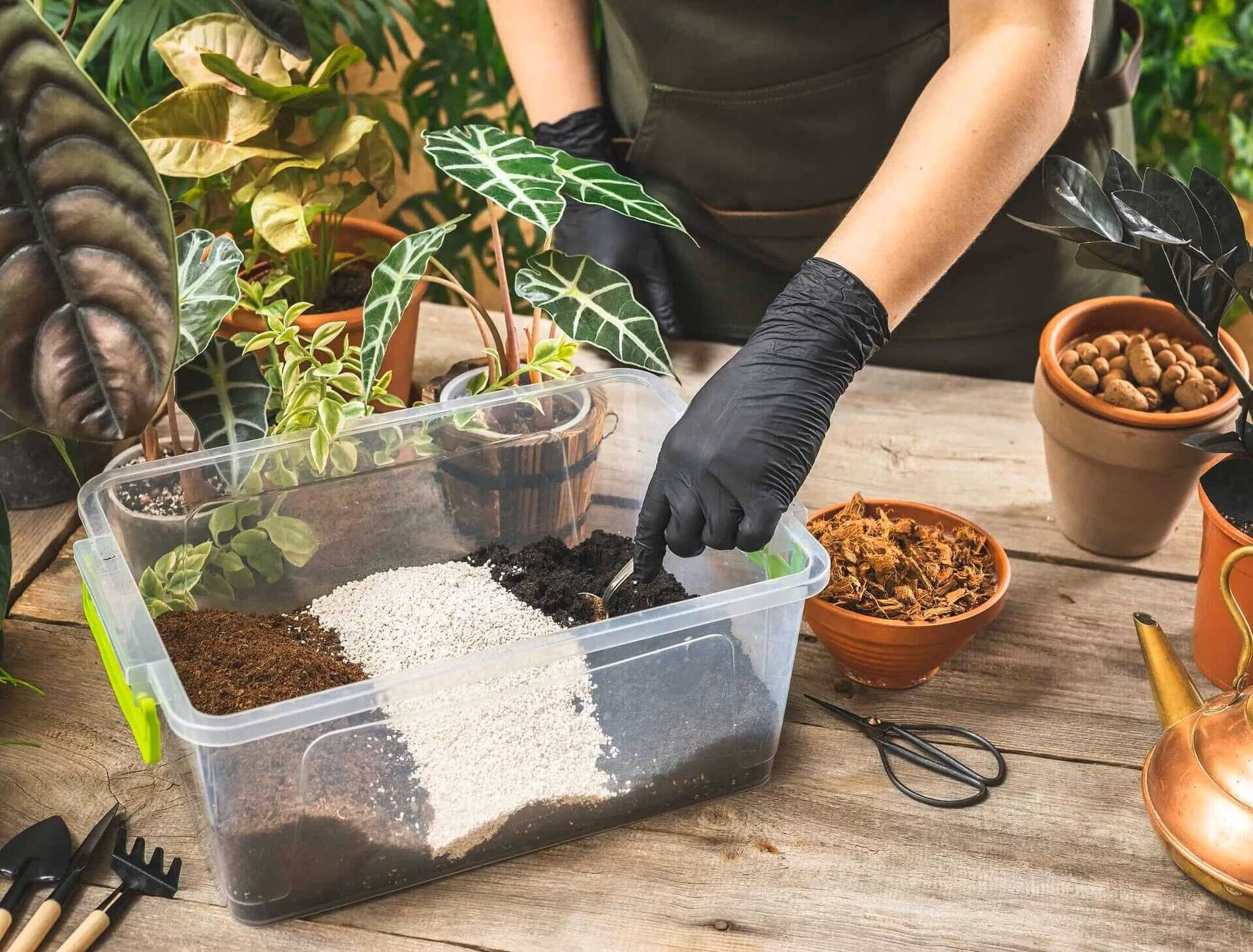

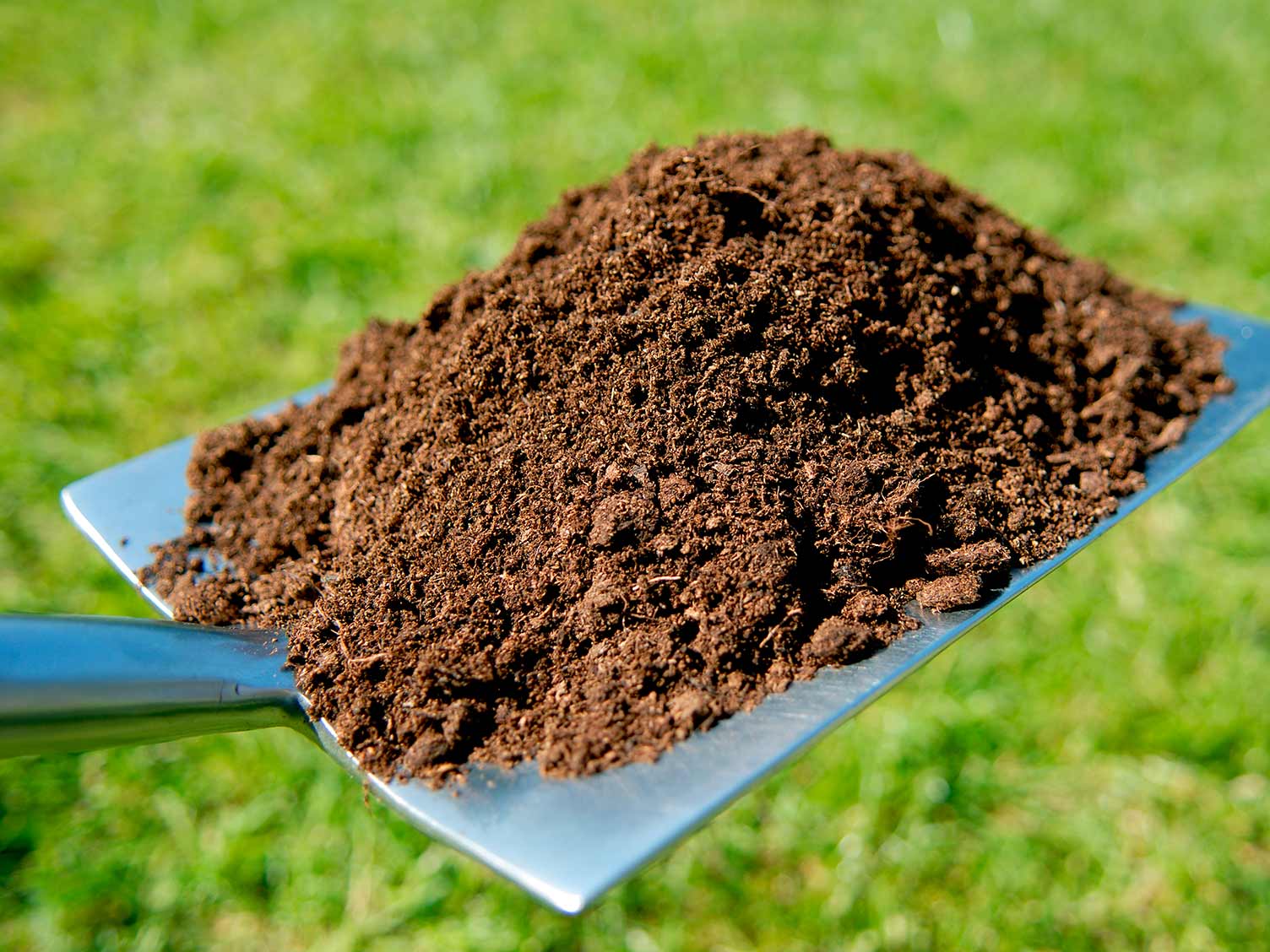
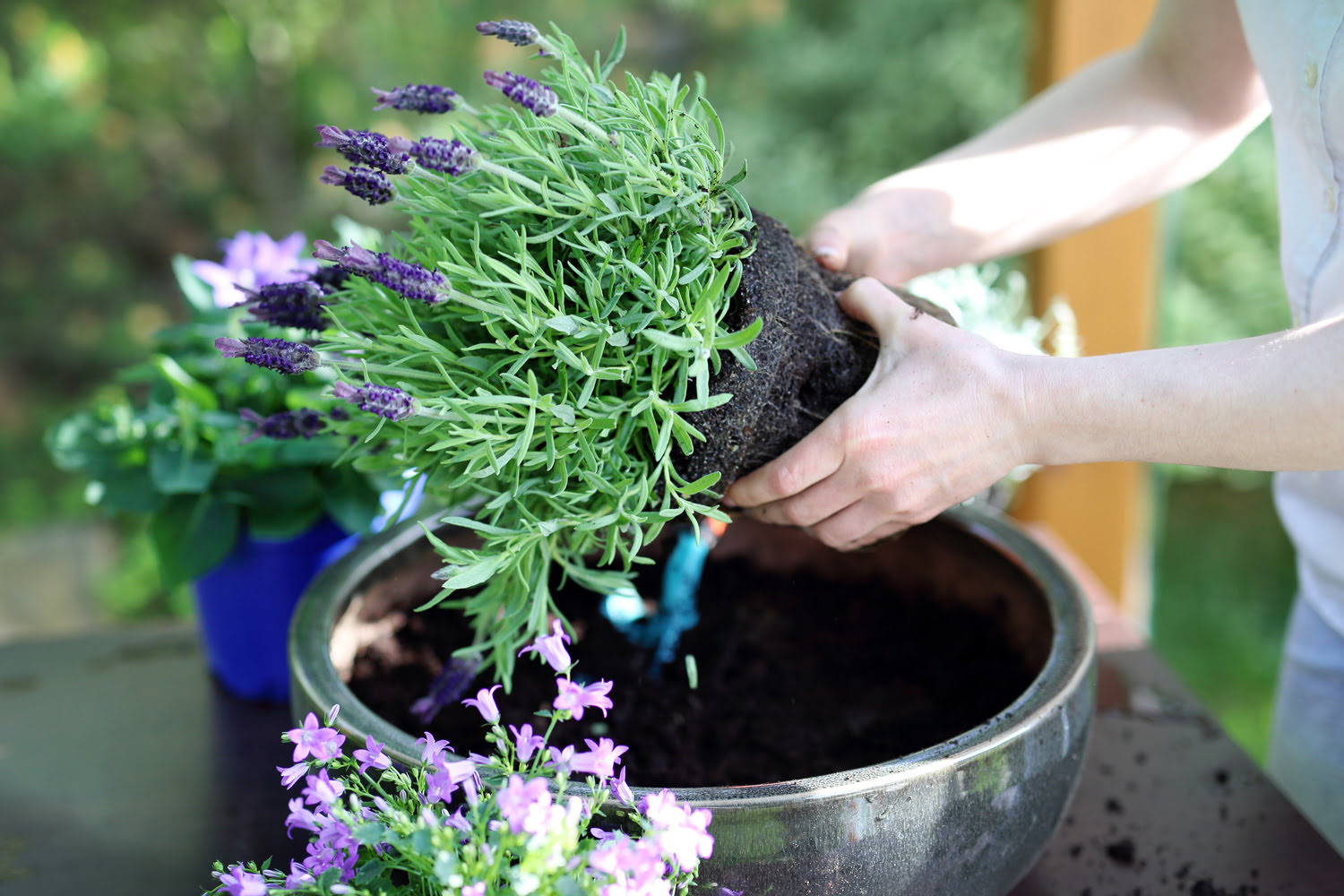
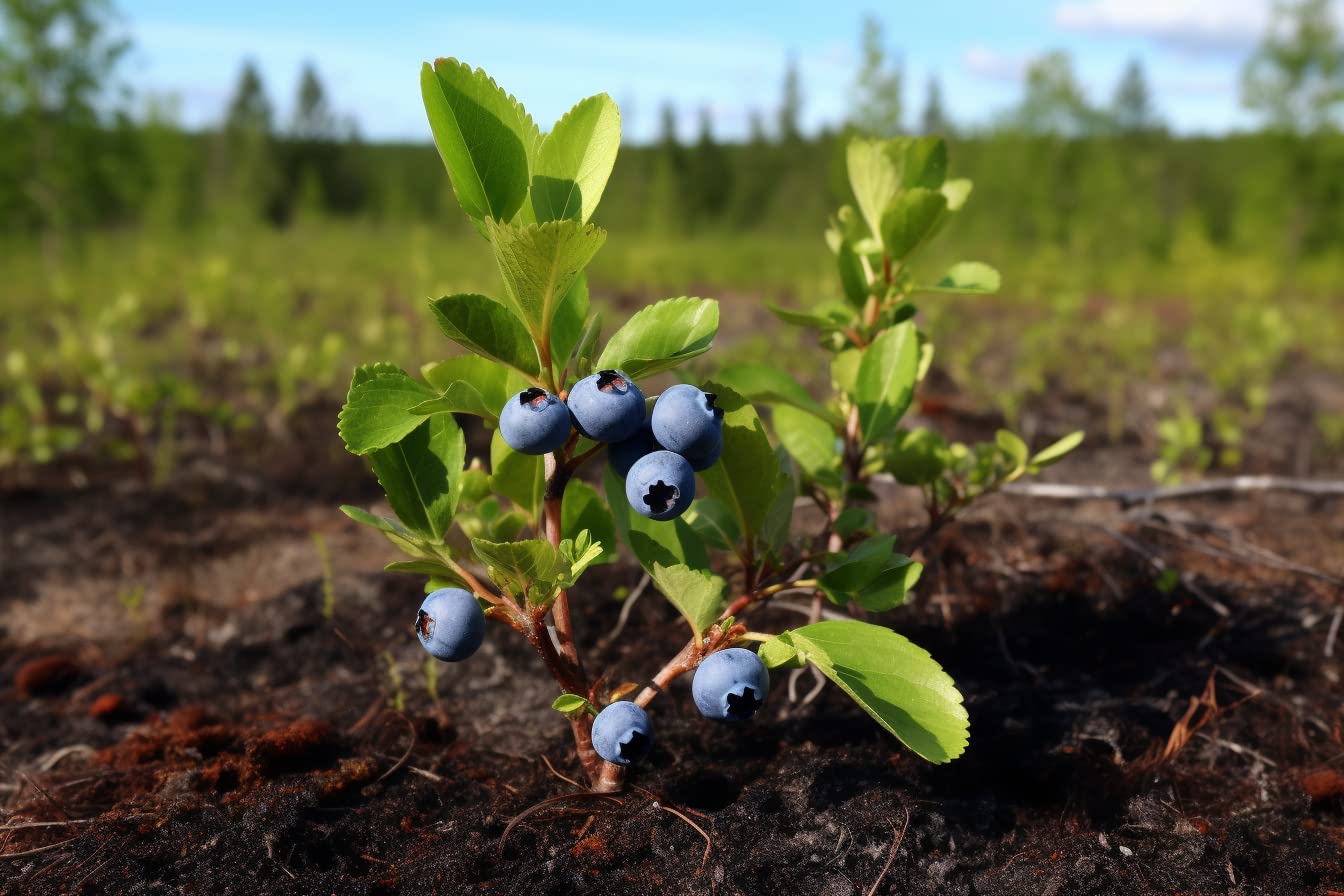

0 thoughts on “How To Make Well-Draining Soil Mix”